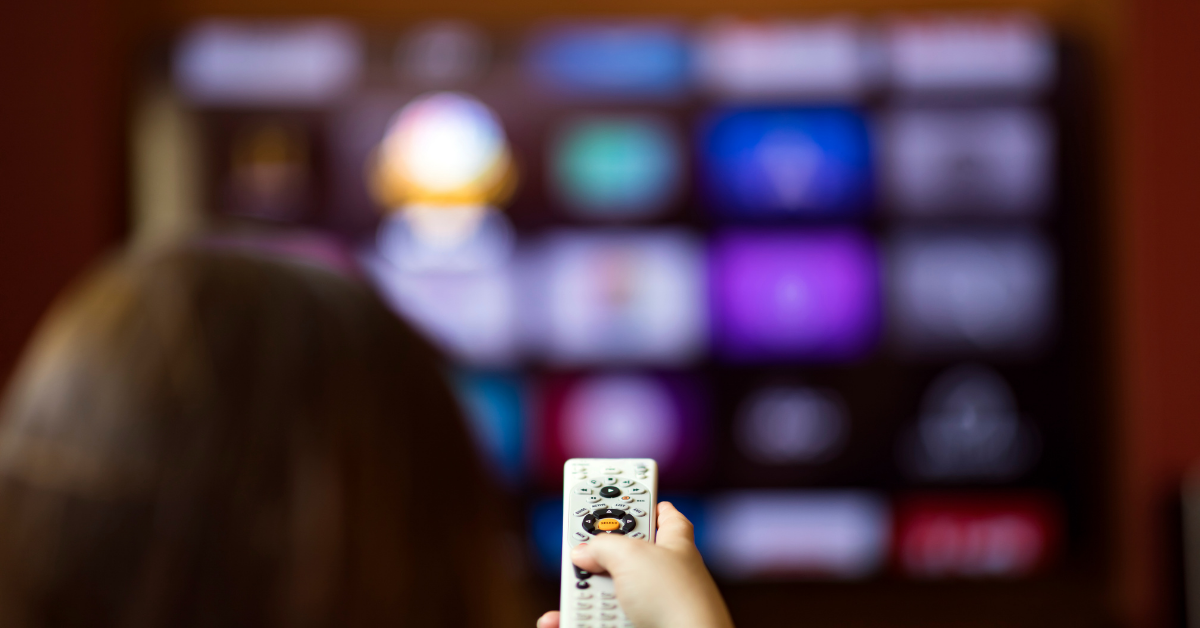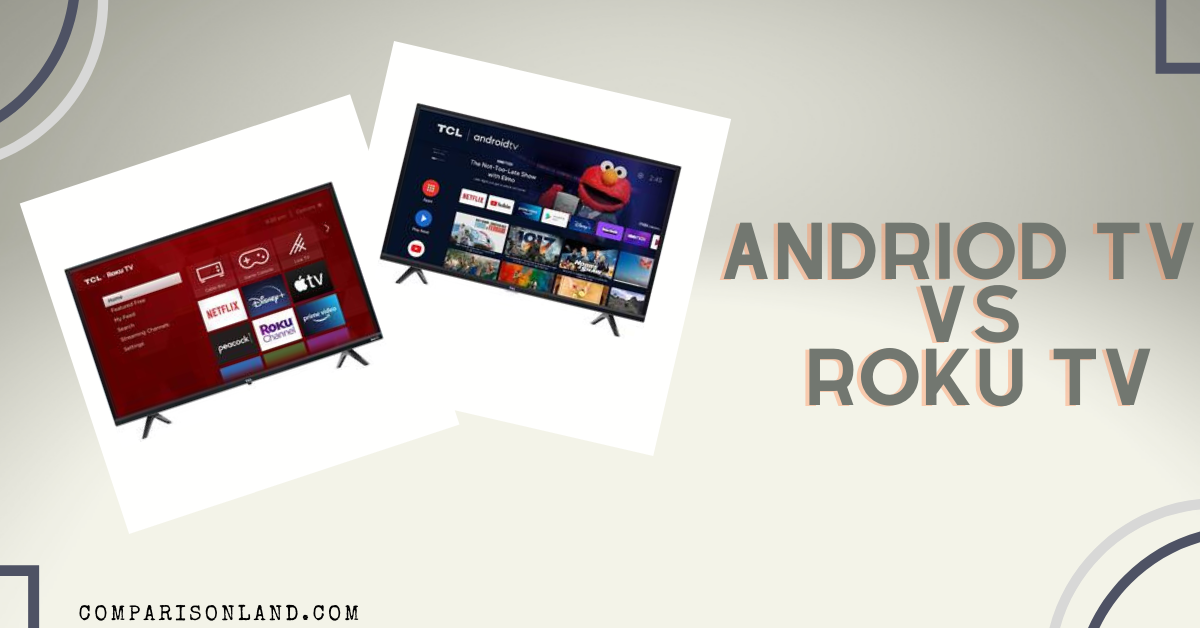With the steadily expanding interest for TVs, the number of choices to look over is getting progressively high. From straightforward LCD TVs to the most recent Smart LEDs, there is such a lot of adaptability and usefulness on a show that picking the right one turns out to be truly challenging. Here is an ultimate comparison of Sony x800h vs Samsung q60t.
To settle on that choice somewhat more straightforward, we have picked two TVs from two driving brands. In this article, we will think about the Sony X800H vs. Samsung Q60T. Both these TVs are excellent, for certain extraordinary elements, and in particular, spending plan amicable. You will not be burning through the entirety of your investment funds on TV assuming that you choose to get one of these two.
Comparison chart: Sony x800h vs Samsung q60t
[table id=164 /]
Differences between the Sony x800h vs Samsung q60t
Design of the Sony x800h and the Samsung q60t:
Sony X800H
Just like the case with results of a long series, the X800H has a comparative plan to its archetypes. Regardless size choice you go for, the form and the plan are something very similar. The TV is plastic, including the body and the stand. The stand, more like four legs of the TV, is likewise exceptionally smooth yet stable simultaneously. There is wobbling when you place the TV on any smooth surface.
The stands are very far separated on each side, so assuming you have a long soundbar, it will effectively fit under the Sony X800H. Nonetheless, the more extensive stand configuration has a detriment too. You will require a more extensive table to keep the TV-nearly as wide as the actual TV. Be that as it may, assuming you are want to mount the TV on a divider, then, at that point, it’s anything but an issue. The VESA 300 x 300 divider mount holds the TV well, and because it is a dainty TV, it doesn’t stand out of the divider to an extreme.
On the rear of the TV, there is a long and impossible-to-miss grind too, which goes about as the hotness vent. We realize that it’s a fundamental part; however, it might have been a touch more inconspicuous. The Sony X800H, dissimilar to its archetypes, needs a great link to the board. The past models had link openings through the stand, which was better looking and tidier. The X800H just has two snares on each stand leg, which can’t fit multiple links all at once.
The various ports are likewise all-around set. They are on the left posterior of the TV. They aren’t self-evident, however stopping the different links is genuinely clear. Ultimately, the bezels, or boundaries, are dainty as well. The 0.6-inch meager boundaries truly make the screen pop, and you get to see your cherished TV shows and motion pictures in the most effective way.
Samsung Q60T
The plan and work of the Samsung Q60T are equivalent to its archetypes. It’s a strong and tough form, with plastic being the significant form material. With the enormous presentation screen and meager bezels, the TV’s review region is very huge. Even though the entire body is plastic, it has a smooth and rich completion of a top-of-the-line TV. It doesn’t look or feel modest by any means.
Samsung tried different things with the remainder of the TV, and as far as we might be concerned, it’s anything but a fruitful trial. The boomerang-styled stand legs nearly ruin the entire tastefulness of the TV. Additionally, the new stand isn’t the steadiest out there. The stand legs are very tight, in contrast to the Sony X880H, yet the Samsung wobbles if you push it. Thus, don’t push it if you’re not anticipating mounting the TV on your divider.
On the posterior, there is an unobtrusive mesh for heat scattering, a few distinct ports, and VESA divider mounting openings. Not at all like the stand, is the TV substantially steadier on a divider mount. Since it is a thin TV, it doesn’t stand out a lot from the divider. Yet, the ports are not sideways, as on the Sony X800H. The ports are on the rear, so stopping links is a genuine errand.
The viewpoint of the TV is lovely, with the slim bezels and the smooth form, yet a couple of parts like the ports and delicate stand nearly ruin the party.
Winner product: Sony X800H is the winning product.
Performance of the Sony x800h and the Samsung q60t:
Sony X800H
The Sony X800H brings a strong generally speaking presentation, with great picture quality, exact shading diversion, and UHD 4K goals. With the 4K, HDR X1 processor, the X800H upgrades the image, tones, and subtleties of everything on screen… With its 4K goal, HDR support, and wide survey points, everybody will appreciate HD visuals regardless of where they sit in the room.
Alongside the X1 processor, the Sony X800H has what Sony calls the Triluminous show. It is a quantum spot innovation that implies the screen has a more extensive shading range and communicates things like difference and picture sharpness in a lovelier manner. Watching films and your cherished TV projects will be a superior visual involvement in these two innovations at work.
Assuming you intend to utilize the Sony X800H with your gaming consoles, you will be glad to be aware of the Game Mode. With the 60 Hz most extreme revive rate and the committed Game Mode on, you will get to partake in a smoother gaming experience, regardless of which console you have. Because of the adaptable ports, you can join any gaming console or even your gaming PC to the Sony TV.
In addition, the Sony X800H TV has the Motion Flow XR, which keeps video playback smooth and sensible. It additionally limits haziness during that quick vehicle pursue scenes of Fast and Furious. Sony additionally coordinated HDR and the Dolby Vision into the Sony X800H TV, so as far as picture equipment, Sony didn’t think twice about anything.
With this large number of remarkable advances at work and the dependable equipment of Sony, you can be certain that the TV will carry extraordinary execution to your home and keep going for quite a long time in the future too.
Samsung Q60T
Indeed, even with the downsized processor, the Samsung Q60T mounts a strong generally speaking exhibition. The Quantum Processor 4K Lite and the Quantum HDR simply figure out how to mount sufficient ability to give a smooth and charming visual experience. In any case, given the less strong processor and lower revive rate, the exhibition falls behind the opposition.
The Sony X800H with the Game Mode gives a smooth gaming experience and holds pretty well against things like slack and fogginess. In any case, the Samsung TV can’t deal with serious games by any means. The info slack, the haze during quick scenes, and the image tearing are a lot for the Samsung TV to deal with. Along these lines, on the off chance that your significant use will be gaming, this TV is awful information.
Then, at that point, comes the great client experience-better than the Sony X800H, on account of the Wizen OS. The Tizen OS offers support for a more extensive scope of applications than both Android TV and Roku. In this way, you can get to each real-time feature, including Amazon Prime, Netflix, HBO Max, Disney+, and Hulu. You additionally get AT&T TV, YouTube TV, and some other web-based features out there.
With this large number of highlights, the Samsung Q60T would have been an incredible mid-range TV if not for the IPS-VA show board. It essentially implies that the TV doesn’t have wide review points, and the image quality won’t be something similar from each point. We figure nobody ought to utilize a VA board these days.
We discussed every one of the insufficiencies of Samsung in contrast with its archetypes; however, we might likewise want to specify tremendous incorporation. Samsung at long last understood that Bixby isn’t working with their TVs, so they surrendered and incorporated Alexa into the Q60T.
Winner product: Sony X800H is the winning product.
Back material:
Sony X800H
It has a straightforward plan toward the back, which is put completely together with plastic. There’s a negligible link on the board with two snares that are intended to connect the links to the feet. This may be baffling for certain individuals. The 43 inch and 49-inch models have an alternate plan on the back, as they have an alternate sort of backdrop illumination.
Samsung Q60T
The rear of the TV is plastic with a finished completion. It accompanies cuts to link the board that connects to the feet. Our own were lost as aren’t displayed in the photograph. A portion of the data sources are back-confronting, so they might be more earnestly to reach assuming the TV is divider mounted.
Winner product: Sony X800H is the winning product.
Stand of the Sony x800h and the Samsung q60t:
Sony X800H
The stand upholds the TV well, yet it wobbles. The feet are put together with plastic and are close to as wide as the TV, so you want a huge surface to put it on the off chance that you don’t anticipate divider mounting it. Not at all like the Sony X800G and the Sony X850G, the feet aren’t reversible. Remain on the 43 inches and 49-inch models are somewhat unique, as the feet are nearer together.
Samsung Q60T
The Samsung Q60T highlights another stand, which is embedded into the body of the TV as opposed to being in a bad way. This makes the arrangement interaction more straightforward, yet the feet aren’t reversible. The stand upholds the TV well, however, there’s still a touch of wobble
Impression of the 55-inch stand: 40.2″ x 9.6″.
Winner product: Sony X800H is the winning product.
Similarities between the Sony x800h vs Samsung q60t
Build quality:
This TV appears to have respectable generally speaking form quality. The whole TV is put together with plastic. There’s a great deal of flex around the bezels and on the back close to the data sources. There’s additionally a considerable measure of wobble.
The form quality is nice. It feels greatly fabricated and there are no undeniable holes in the development. The stand upholds the TV well, yet it wobbles a piece when pushed.
Temporary image retention:
There are no indications of transitory picture maintenance, even following showing our high-contrast static test picture for 10 minutes, which is extraordinary. Note that transitory picture maintenance can change between units.
Like most VA boards, there are no indications of transitory picture maintenance; however, this might shift between units.
Pros and cons: Sony x800h vs Samsung q60t
[i2pc show_title=”false” title=”Pros & Cons” show_button=”false” pros_title=”Sony X800H ” cons_title=”Samsung Q60T” ][i2pros]Pros:
Brilliant HD show.
Same view from each point.
Upholds Airplay 2 and Home kit.
The android form is steady and simple to utilize.
Bunches of network ports.
Cons:
The stand ought to have been smaller.
[/i2pros][i2cons]Pros:
Support of Alexa and Bixby.
Instinctive and quick Tizen OS.
Flexible ports and network.
Offers more applications than Android TV.
Multi-view support for a split-screen.
Cons:
Slender survey point.
Delicate stand.[/i2cons][/i2pc]
Frequently asked questions
Does Sony X800H have 4K HDR?
Upscale everything with the 4K HDR Processor X1™ and 4K X-Reality PRO. See precisely what the maker planned with the high-level tone and degree of TRILUMINOS™ Display. Sony’s Android TV with Google Assistant gives you a more intelligent, simpler method for getting more from your TV.
Does X800H have Dolby Vision?
With an even clearer 4K sign, all that you watch is nearer to the 4K goal, loaded with similar shading and difference. … Rejuvenate scenes with striking features, further darks, and energetic shadings. Dolby Vision™ is an HDR arrangement that makes a vivid, drawing-in artistic involvement with your home.
Is Sony X800H good for gaming?
The Sony X800H is alright for gaming. It has an unquestionably low info slack and great reaction time that most gamers ought to appreciate. Tragically, it isn’t prescribed for dull room gaming because of its low differentiation proportion and OK dark consistency
Does Sony X800H have local dimming?
True to form for an IPS board, the Sony X800H has an average difference proportion, bringing about dim-looking blacks in a dim room. Tragically, there’s no nearby diminishing element to work on dark levels.
What is the difference between X800H and X900H?
The Sony X900H is essentially better compared to the Sony X800H. The X900H has a lot higher differentiation proportion because of its VA board, it has nearby diminished, and it gets more splendid generally speaking. Reaction time is quicker on the X900H; be that as it may, the X800H has lower input slack, and its IPS board has more extensive review points.
Does the Sony X800H have eARC?
Overall we are content with what is presented in the X800H and the sky is the limit from there or less it has what you would hope to see as here. The USB 3.0 is an unexpected, yet wonderful treat however then again the missing eARC is somewhat baffling. All the other things are by all accounts the norm at its cost.
Does Sony X800H have Dolby Atmos?
Sony’s new X800H is a significant improvement over keep going year’s G model, with interface changes and all the more remarkable handling. Dolby Vision HDR and Dolby Atmos have been included along with everything else, alongside an updated controller that at long last appears as though something that has a place with a Sony TV.
Does the Sony X800H have WIFI?
At CES 2020, Sony uncovered another line of 4K and 8K TVs, bound to be delivered during the year. … We picked the X800H 43-inch model, which includes a Sony X1 processor, 4K goal, HDR10, and Dolby Vision support, Dolby Atmos support, double 10W speakers, 802.11ac Wi-Fi, Google Assistant voice search, and Home Kit
Is the Samsung Q60T worth it?
The Samsung Q60T is a fair all-around TV for most employments. It’s great for staring at the TV during the day since it gets very splendid and has good reflection taking care of. Despite lacking neighborhood darkening, it’s still fair for watching films in dim rooms because of its remarkable different proportion and dark consistency.
How many nits does the q60t have?
Notwithstanding a decent differentiation proportion, HDRHigh Dynamic Range – picture/video with more unique reach (contrast range) content isn’t shown very well because the pinnacle brilliance of 500 units unit of luminance: 1 nit = 1 disc/m2 – The most effective way of estimating and looking at a TVs splendor isn’t sufficiently high to make features of.
Does Q60T have Dolby Vision?
The Q60T produces a sharp picture and great tones much of the time. … The TV upholds HDR (high powerful reach) content, including Samsung’s exclusive HDR10+ (yet it doesn’t do Dolby Vision), which brought about nitty-gritty tones on an assortment of kinds of shows and motion pictures
Final thoughts
If you ask us, which are the better TV between Sony X800H vs. Samsung Q60T, we would go with the Sony X800H in light of two things; the wide review point and the Game Mode. Regardless of whether you consider the Game Mode, the VA board of the Samsung Q60T is exceptionally unpleasant to us in any event. In any case, we don’t be familiar with your inclinations and your requirements, which is the reason we picked two items. Presently you can settle on a superior official conclusion, having perused these audits.









